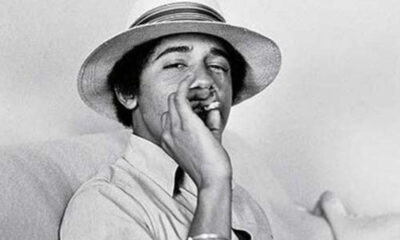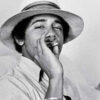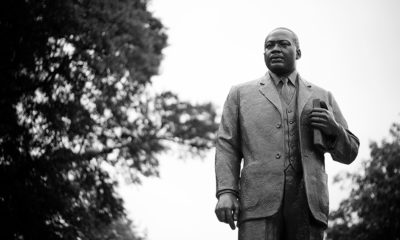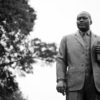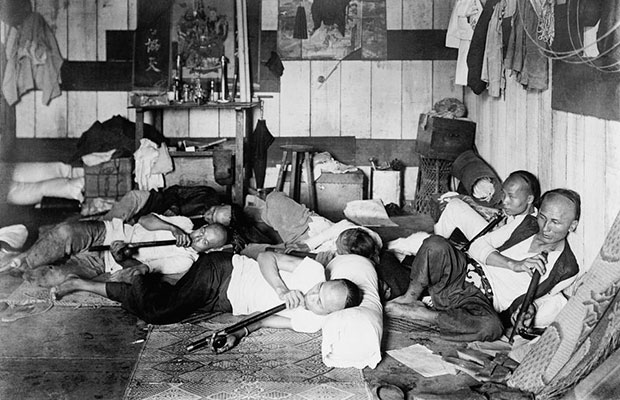
In History
The Racist Origins Of The Medical/Recreational Divide
The concept of ‘medical marijuana’ has proven very powerful in changing minds. Twenty states have already reformed their outdated laws to allow sick patients to access marijuana for medical patients, and with states like West Virginia now taking up the issue, it appears nearly certain that more reform is on the way. Even the Food and Drug Administration (FDA) is now approving clinical trials of medical cannabis products, even allowing such drugs to be tested on children. But while such reforms may be cause for celebration for many desperate patients, an inquiry into the history of ‘medical marijuana’ as a concept reveals a sinister past.
One hundred years ago, the United States had no drug policies recognizable by present-day standards, but the political stage had already been set for a massive paradigm shift. The FDA had been created by act of Congress in 1906, obliging drug manufacturers to list their active ingredients for the first time. In 1909, Congress passed a ban on imported opium to bolster the State Departments standing abroad but with little impact at home. Then, in the waning days of 1914, the world upended. A regional European conflict exploded into history’s first world war, creating conflict on a scale that the world had never seen; and while the attention of the nation was occupied (some say ‘distracted’) with a volatile international situation, a bill was quietly passed through Congress which would change everything about the way the US government regulated drugs.
It is often said that the 1914 Harrison Act was the first federal law to criminalize drugs, but that’s not quite true. As originally written, the pioneering bill in fact did something far more insidious, by drawing a sharp divide between so-called ‘recreational’ use and its legitimate medical counterpart, creating a dichotomy still employed by US policy today. Subsequent Supreme Court decisions, notably in 1919, re-interpreted the Harrison Act to criminalize sale of drugs like heroin and cocaine without a prescription, infusing the newly-described dichotomy with the urgency of penal justice. By the time shell-shocked veterans returned from the European theater, the drug policy of their home country had fundamentally transformed, from one which delegated medical treatments to the privacy of the doctor’s examination room to an open-air public forum backed by the threat of prison.
When one closely investigates the reasons for this sudden shift, the sad truth comes into focus. At the time of the Harrison Act’s passage, white Americans, racial minorities and immigrant populations all made wide use of drugs. All that differed among the different groups was the means of administration: whereas Chinese immigrants, for example, tended to patronize opium dens where they could smoke narcotics through water pipes, white Americans preferred to inject pure morphine (extracted from the same opium resin) by means of a hypodermic syringe. Mexican immigrants, for another example, had recently introduced the custom of smoking joints; while white Americans consumed copious amounts of cannabis themselves, they preferred hashish tinctures and generally looked down on the custom of smoking.
Thus it was no coincidence that, when the Harrison Act divided drug use along a sharp recreational/medical divide, it defined intravenous morphine use as ‘medical’ and the practice of smoking opium as ‘recreational.’ The form of opiate use favored by middle class whites remained protected, and the the custom favored by Chinese immigrants was criminalized. And this disparity, made explicit by the Harrison Act, continues to this very day in implicit form through a criminal “justice” system which arrests black Americans for cannabis crimes at a rate 3.75 times higher than their white counterparts.
Medical marijuana laws are useful. They provide protection for patients who desperately need efficacious and nontoxic medicine, and they have made a huge difference in the lives of millions. But make no mistake: they also perpetuate a century of racial double standards.












